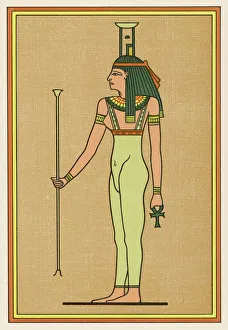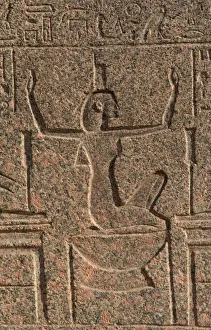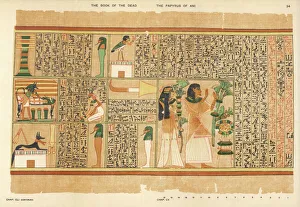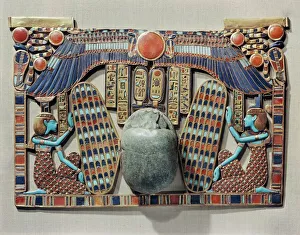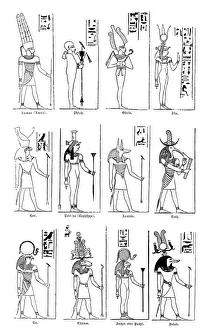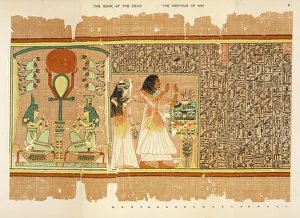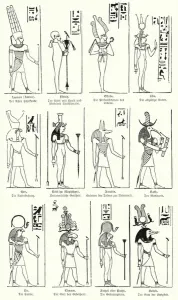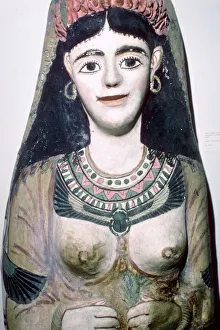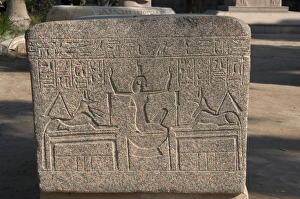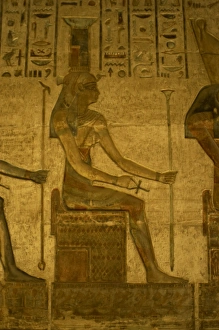Nephthys Collection
"Nephthys: The Enigmatic Egyptian Goddess of Protection and Funerary Rites" In the rich tapestry of ancient Egyptian religion
All Professionally Made to Order for Quick Shipping
"Nephthys: The Enigmatic Egyptian Goddess of Protection and Funerary Rites" In the rich tapestry of ancient Egyptian religion, Nephthys emerges as a captivating deity closely associated with protection and the afterlife. As one of the lesser-known goddesses in this pantheon, her significance often remains hidden within the shadows cast by her more prominent counterparts. Depicted in various forms throughout history, Nephthys is frequently portrayed alongside her sister Isis, both serving as guardians to their beloved brother Osiris. A relief found in Memphis showcases these winged sisters adorning a pectoral decorated with a scarab symbolizing rebirth - an emblematic representation of their protective role. Nephthys' presence extends beyond mere symbolism; she plays an integral part in the Book of the Dead, specifically Plate This sacred text guides souls through their journey into eternity, emphasizing Nephthys' crucial involvement during this transitional phase. A statuette from Egypt's Third Intermediate Period-Late Period immortalizes Nephthys' divine form. Crafted with meticulous detail, it serves as a testament to her enduring influence on Egyptian culture and spirituality. The cover of mummy Nesyamun discovered at Deir El-Bahri reveals another facet of Nephthys' connection to funerary practices. Her presence on this intricately adorned artifact suggests that she played an essential role in guiding departed souls towards eternal rest. Hordiefnakht's funerary stele from 330-323 BC further emphasizes Nephthys' importance within ancient Egyptian society. Carved onto limestone, it depicts numerous gods and goddesses including our enigmatic figure - reaffirming her status among revered deities worshipped by Egyptians for centuries. An enchanting engraving showcasing various gods and goddesses offers insight into how deeply intertwined they were within everyday life.

